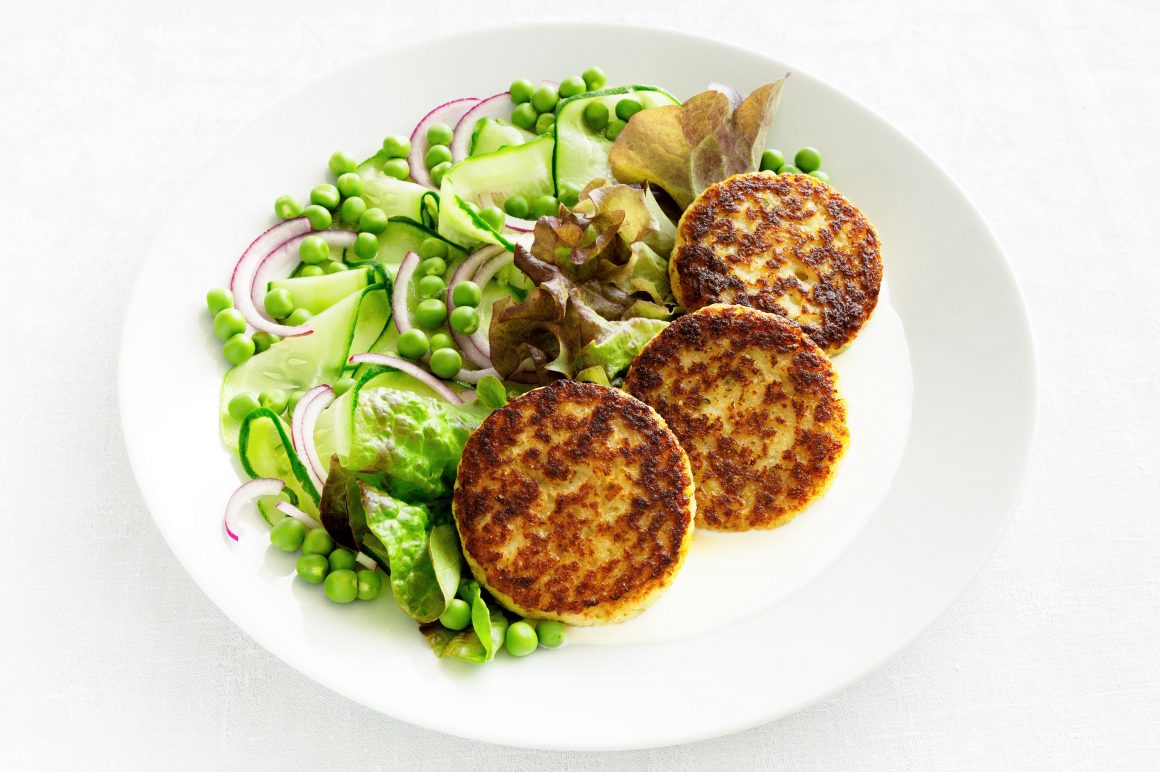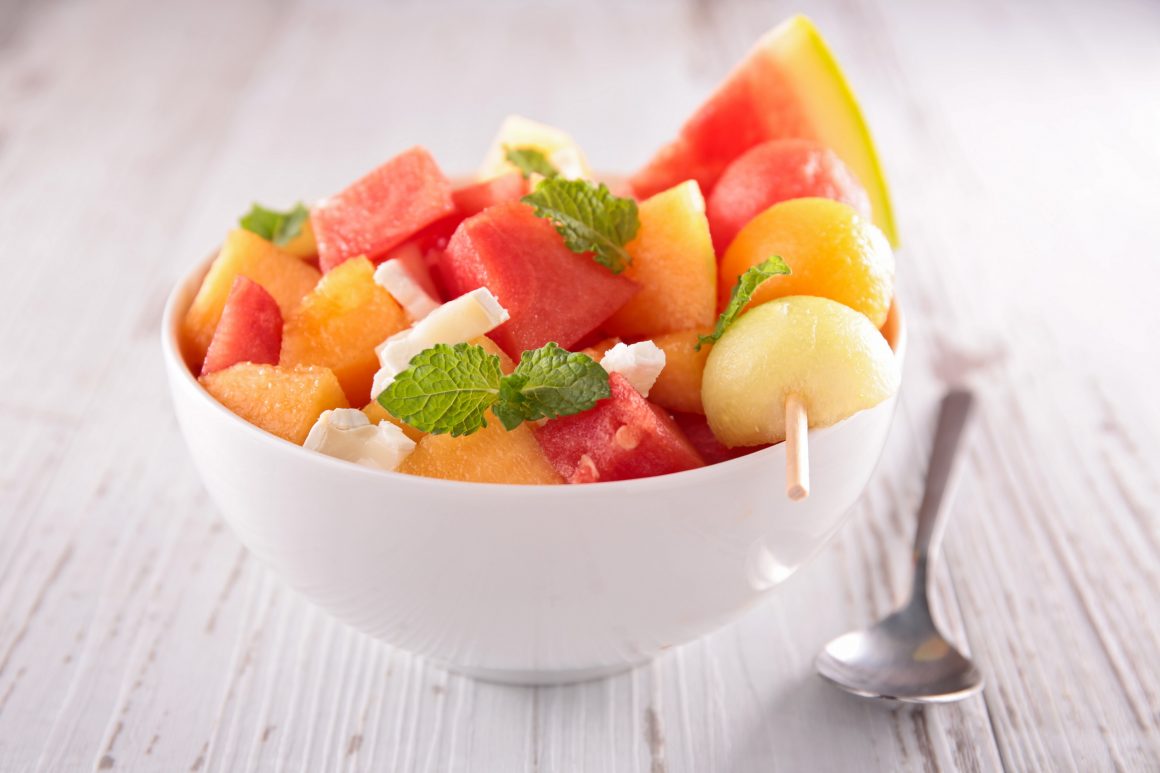Hydration is a key factor in health for seniors, but as research shows, health literacy regarding hydration among this demographic is lacking.
The average adult requires 64 ounces of water each day, but as we grow older that number tends to increase for a variety of reasons. First, the body’s ability to conserve water diminishes with age, causing the kidneys to flush more urine through the system. Another reason for this loss of water conservation is the loss of muscle mass that often accompanies old age.
On top of that, the sense of thirst diminishes in older adults so that thirst levels are far below actual fluid requirements. As a result, many seniors don’t feel the need to drink enough and by the time they feel a sensation of thirstiness, signs of dehydration may already be setting in.
Additionally, some older adults may take medications that cause dry mouth and, as you might expect, many age-related conditions can cause reduced desire to consume fluids or ability to do so.

The Perception Problem
A study published in the journal Nutrition and Healthy Aging surveyed 170 adults over the age of 60, publishing some interesting results about the perceptions of dehydration.
“About 56% of respondents reported consuming less than six glasses of fluid per day, whereas 9% reported drinking less than three glasses,” the report states. “About 60% of respondents overestimated the amount of fluid loss at which moderately severe dehydration symptoms occur, and 60% did not know fever can cause dehydration. Roughly one-third were not aware that fluid overload occurs in heart failure (35%) or kidney failure (32%). A majority of respondents were not aware that improper hydration or changes in hydration status can result in confusion, seizures, or death.”
Dehydrated older adults experience a higher rate of death and serious health conditions. The issue, as evidenced in the research, around health literacy regarding proper hydration led researchers to conclude that “appropriate education and attention to hydration may improve quality of life, reduce hospitalizations and the economic burden related to hydration-associated morbidity and mortality.”
What are Dehydration Symptoms for Seniors?
Dehydration is one of the most common causes of hospitalization for seniors.
Signs that an older adult may be dehydrated include headache, constipation, muscle cramps, dry mouth, and lethargic behavior. Another helpful indication is urine color. If a person is getting enough water, their urine should be clear or light yellow.
Typical signs that someone is dehydrated include decreased urination, dark or discolored urine, dizziness, confusion, weak pulse, low blood pressure, cold hands and feet, increased heart rate and dry skin.
Water plays an important role in everything our bodies do, from moving blood throughout the circulatory system to regulating body temperature and keeping our joints lubricated.
If dehydration becomes severe enough, electrolyte imbalances can lead to seizures, difficulty moving around, a reduced volume of blood in the body and kidney failure. Even mild dehydration can increase risk of falls, injuries and changes in cognitive function.
How to Stay Hydrated
Staying hydrated might sound simple. Just drink more water, right?
While that will certainly help, some older adults may find it challenging to simply increase water intake for some of the aforementioned reasons and because drinking nothing but water all day can be boring. But there are ways to make sure you get enough fluids without just relying on more trips to the tap.
Eating water rich foods is an effective way to ensure you’re getting enough fluids. This can include foods such as:
- Melon
- Cucumbers
- Celery
- Strawberries
- Zucchini
- Lettuce
- Cauliflower
Other beverages such as milk and juice can be beneficial ways to mix up the fluids you’re taking in, but be cautious with juice as it contains a high amount of sugar. A 50/50 mix of juice and water is preferable.
While coffee and tea might be tempting alternatives, it’s important to know that both can act as a diuretic, so you shouldn’t consider them a part of your daily fluid intake.

Infusing water with fruit is a tasty alternative as well, providing flavoring and some additional nutrients as opposed to drinks with artificial flavors and, often times, added sugars.
Other factors that can help older adults remember or tempt them to drink more water include serving them beverages at temperature they prefer and placing it in cups they can see easily, such as a brightly colored cup instead of a glass.


